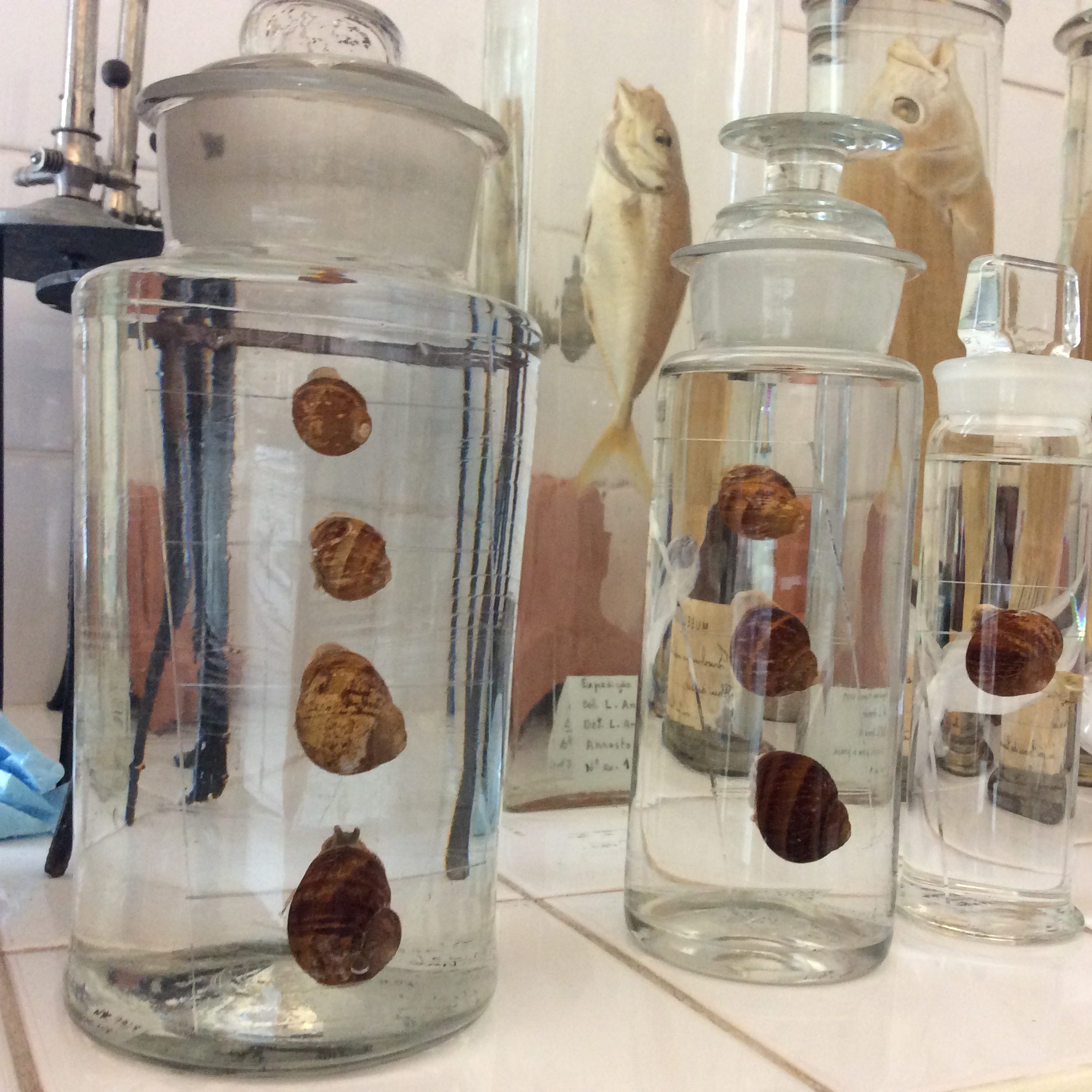Since the World Heritage List was created in 1972, UNESCO has multiple times recognised the heritage of universities as having outstanding value to humanity.
Universities are in the World Heritage List through two different ways:
- directly, when the university (or part) is listed;
- indirectly, when the city center or site where the university is located is listed (many, many, many).
Universities World Heritage
Ciudad Universitaria de Caracas, Venezuela
According to UNESCO: The Ciudad Universitaria de Caracas, built to the design of the architect Carlos Raúl Villanueva, between 1940 and 1960, is an outstanding example of the Modern Movement in architecture. The university campus integrates the large number of buildings and functions into a clearly articulated ensemble, including masterpieces of modern architecture and visual arts, such as the Aula Magna with the ‘Clouds’ of Alexander Calder, the Olympic Stadium, and the Covered Plaza.
See images here
Monticello and the University of Virginia in Charlottesville, USA
According to UNESCO: Thomas Jefferson (1743–1826), author of the American Declaration of Independence and third president of the United States, was also a talented architect of neoclassical buildings. He designed Monticello (1769–1809), his plantation home, and his ideal ‘academical village’ (1817–26), which is still the heart of the University of Virginia. Jefferson’s use of an architectural vocabulary based upon classical antiquity symbolizes both the aspirations of the new American republic as the inheritor of European tradition and the cultural experimentation that could be expected as the country matured.
See images here
Orto Botanico, Università degli Studi di Padova, Italy
According to UNESCO: The world’s first botanical garden was created in Padua in 1545. It still preserves its original layout – a circular central plot, symbolizing the world, surrounded by a ring of water. Other elements were added later, some architectural (ornamental entrances and balustrades) and some practical (pumping installations and greenhouses). It continues to serve its original purpose as a centre for scientific research.
See images here
Universidad de Alcalá de Henares, Spain
According to UNESCO: Founded by Cardinal Jiménez de Cisneros in the early 16th century, Alcalá de Henares was the world’s first planned university city. It was the original model for the Civitas Dei (City of God), the ideal urban community which Spanish missionaries brought to the Americas. It also served as a model for universities in Europe and elsewhere.
See images here
Universidade de Coimbra, Portugal
According to UNESCO: Situated on a hill overlooking the city, the University of Coimbra with its colleges grew and evolved over more than seven centuries within the old town. Notable university buildings include the 12th century Cathedral of Santa Cruz and a number of 16th century colleges, the Royal Palace of Alcáçova, which has housed the University since 1537, the Joanine Library with its rich baroque decor, the 18th century Botanical Garden and University Press, as well as the large “University City” created during the 1940s. The University’s edifices became a reference in the development of other institutions of higher education in the Portuguese-speaking world where it also exerted a major influence on learning and literature. Coimbra offers an outstanding example of an integrated university city with a specific urban typology as well as its own ceremonial and cultural traditions that have been kept alive through the ages.
See images here
Universidad Nacional Autónoma de México (UNAM), Mexico
According to UNESCO: The ensemble of buildings, sports facilities and open spaces of the Central University City Campus of the Universidad Nacional Autónoma de México (UNAM), was built from 1949 to 1952 by more than 60 architects, engineers and artists who were involved in the project. As a result, the campus constitutes a unique example of 20th century modernism integrating urbanism, architecture, engineering, landscape design and fine arts with references to local traditions, especially to Mexico’s pre-Hispanic past. The ensemble embodies social and cultural values of universal significance and is one of the most significant icons of modernity in Latin America.
See images here
Struve Geodetic Arc (includes the Astronomical Observatory of Tartu University, Estonia)
According to UNESCO: The Struve Arc is a chain of survey triangulations stretching from Hammerfest in Norway to the Black Sea, through 10 countries and over 2,820 km. These are points of a survey, carried out between 1816 and 1855 by the astronomer Friedrich Georg Wilhelm Struve, which represented the first accurate measuring of a long segment of a meridian. This helped to establish the exact size and shape of the planet and marked an important step in the development of earth sciences and topographic mapping. It is an extraordinary example of scientific collaboration among scientists from different countries, and of collaboration between monarchs for a scientific cause. The original arc consisted of 258 main triangles with 265 main station points. The listed site includes 34 of the original station points, with different markings, i.e. a drilled hole in rock, iron cross, cairns, or built obelisks.
See images here
Universities in World Heritage City Centres
There are many universities inside city centres that are themselves listed as World Heritage. In multiple instances, university buildings, gardens, and their integration in the urban planning have played a decisive role in the inclusion of the ensemble in the World Heritage List.
Do you know universities that are located in World Heritage city centres not mentioned below? Let us know.
Brazil
Federal University of Bahia, Federal University of Ouro Preto
China
University of Macau
France
University of Strasbourg
Italy
University of Ferrara, University of Florence, University of Naples, University of Rome, University of Siena, University of Urbino, University of Venice
Latvia
University of Riga
Lithuania
University of Vilnius
Marocco
University of Rabat
Mexico
University of Puebla
The Netherlands
University of Amsterdam
Peru
University of Lima
Poland
University of Krakow, University of Warsaw
Portugal
University of Évora, University of Porto
Russia
University of Saint Petersburg
Spain
University of Salamanca, University of Santiago de Compostela, University of Seville
United Kingdom
University of Bath, University of Edinburgh

